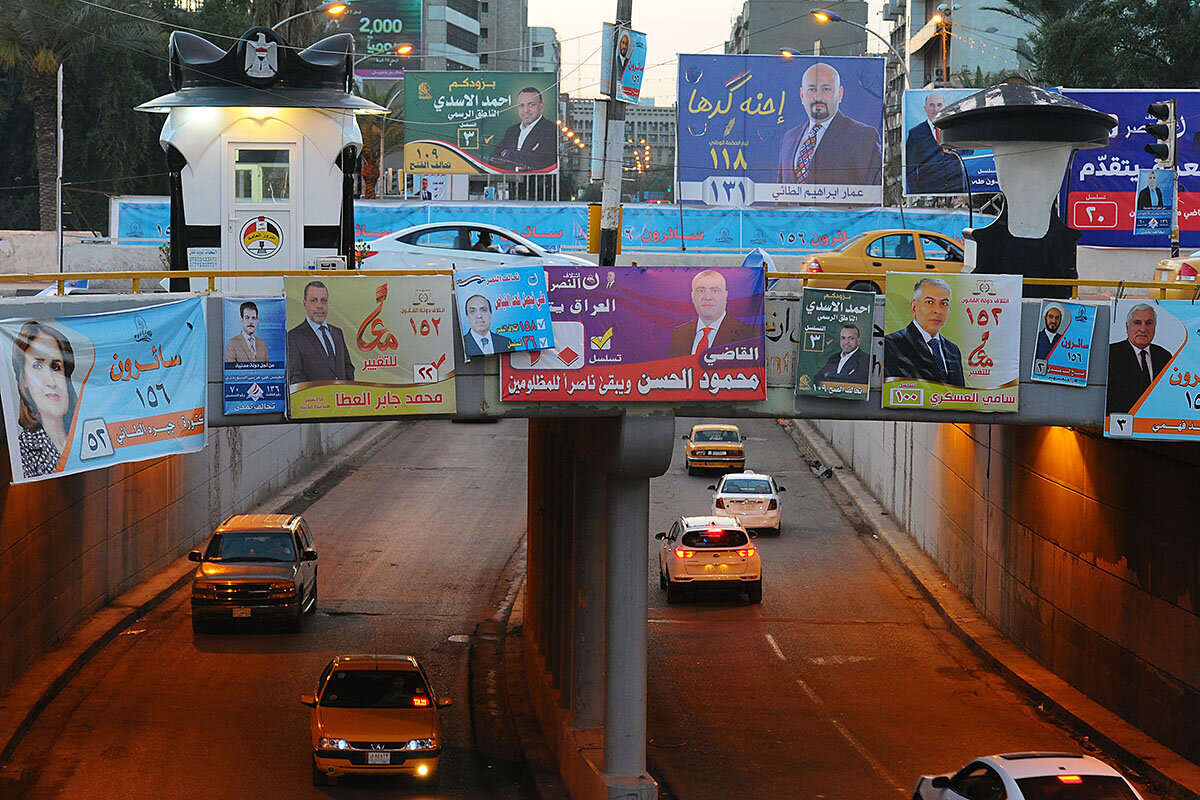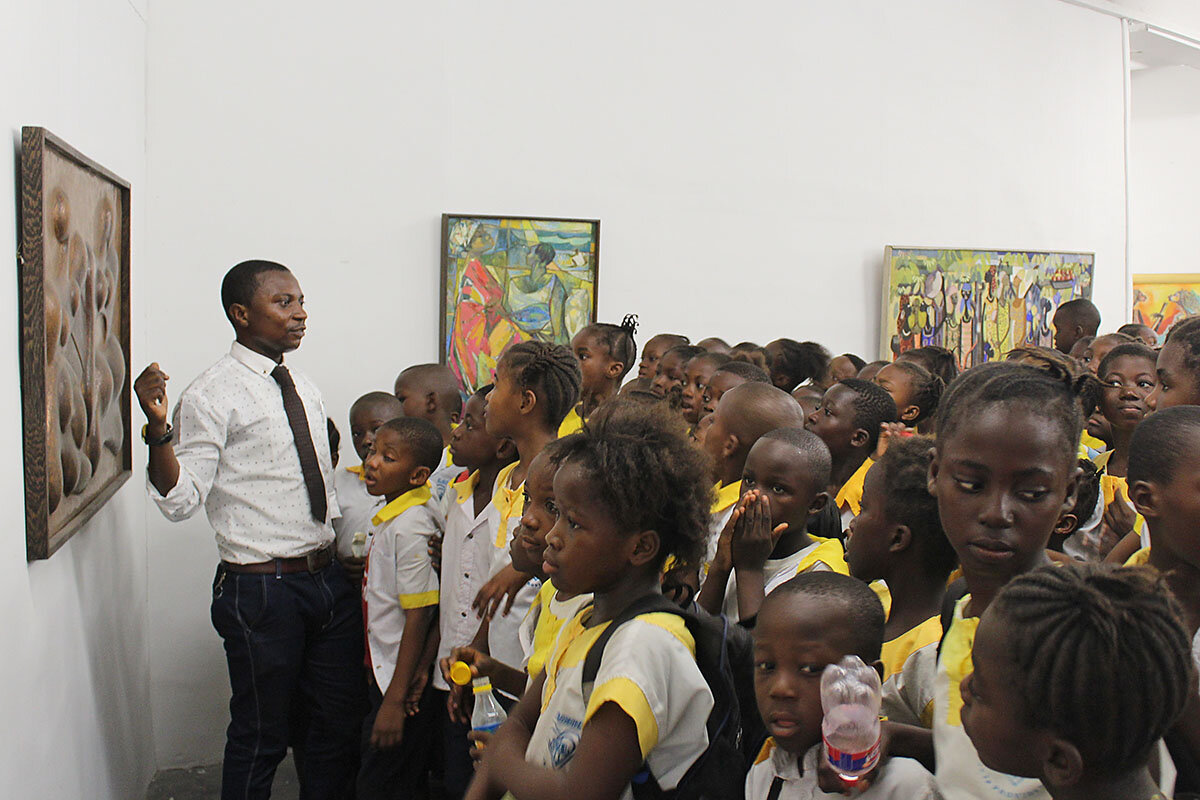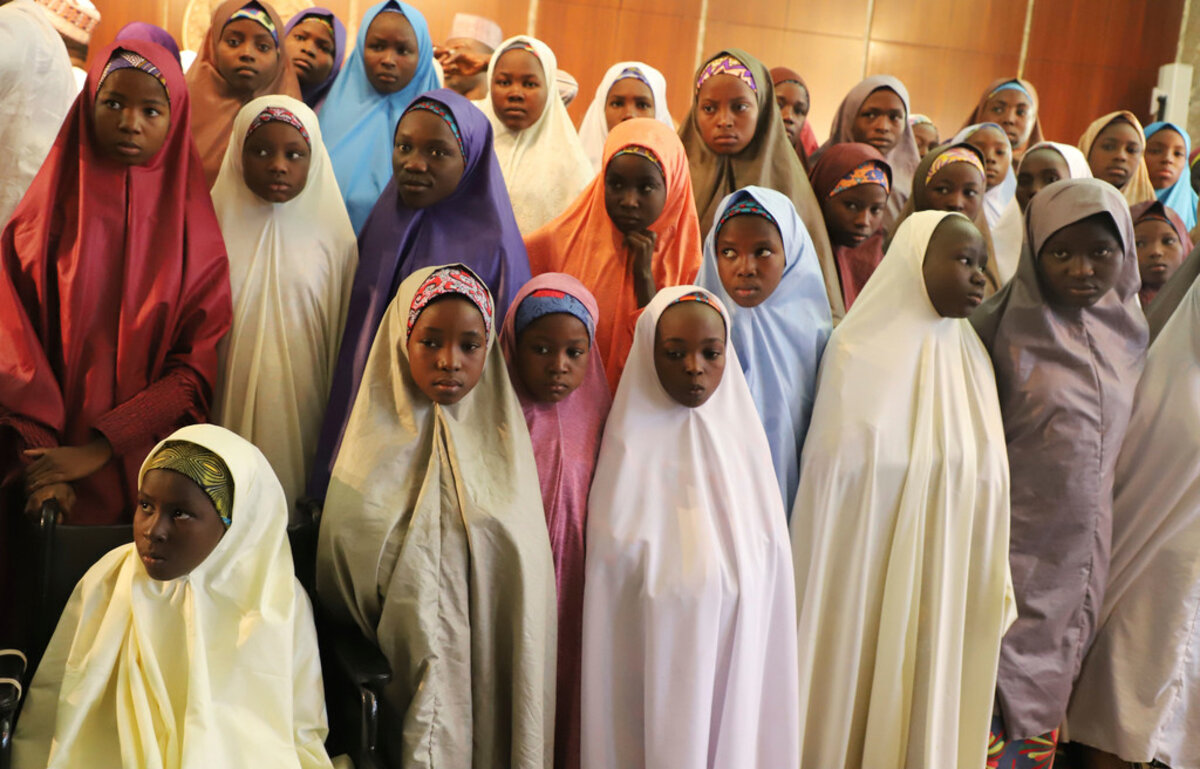Two European leaders came to Washington this week, partly to address a reality: The first step to handling disagreement over transatlantic relations is to learn to coexist. “It has been a learning curve,” says a former EU ambassador, “and rather a squiggly one.”
Monitor Daily Podcast
- Follow us:
- Apple Podcasts
- Spotify
- RSS Feed
- Download
 Clayton Collins
Clayton Collins
It’s far too soon to declare peace in our time on the Korean Peninsula. (And the India-China talks getting under way are likely to be more long-ranging.)
But with a handshake – then one leader’s step – across a concrete curb of demarcation, the two Koreas appeared to shift rapidly into a more conciliatory era today. Many parties share credit, including, South Korea’s foreign minister said, the US president.
In high- and low-profile ways, old orders evolve. It’s an almost comically halting process. Japan was reportedly angered by a Koreas summit dessert on which a tiny chocolate map depicted as South Korean some Sea of Japan islets that Japan also claims.
Britain – one of the world’s oldest enduring orders – has worn a colorful braid of self-perpetuation, modernization, and subcultural stepping out of late.
Prince Charles got the expected nod to head the Commonwealth. Princess Charlotte got a baby brother but did not lose her slot in the order of succession (thanks to a 2013 ruling). New Zealand’s prime minister – only the second to give birth while in office, after Pakistan’s Benazir Bhutto – wore a Maori cloak to meet the queen. (A Kiwi weaver then disputed whether it was the particular Maori garment it was being called.)
And in a long-developing story from Southern Africa, Swaziland’s king formally changed his country’s name to eSwatini (“land of the Swazis”). That’s after 50 years of independence.
As Kim Jong-un wrote in a summit-site guest book, “New history begins from now.”
For news, including fallout from the Bill Cosby case, arguably the first celebrity conviction of the #MeToo era, go to CSMonitor.com. Now to our five stories for today, showing two forms of political adaptation, two pursuits of high aims, and one ambitious bid to use history to heal.










